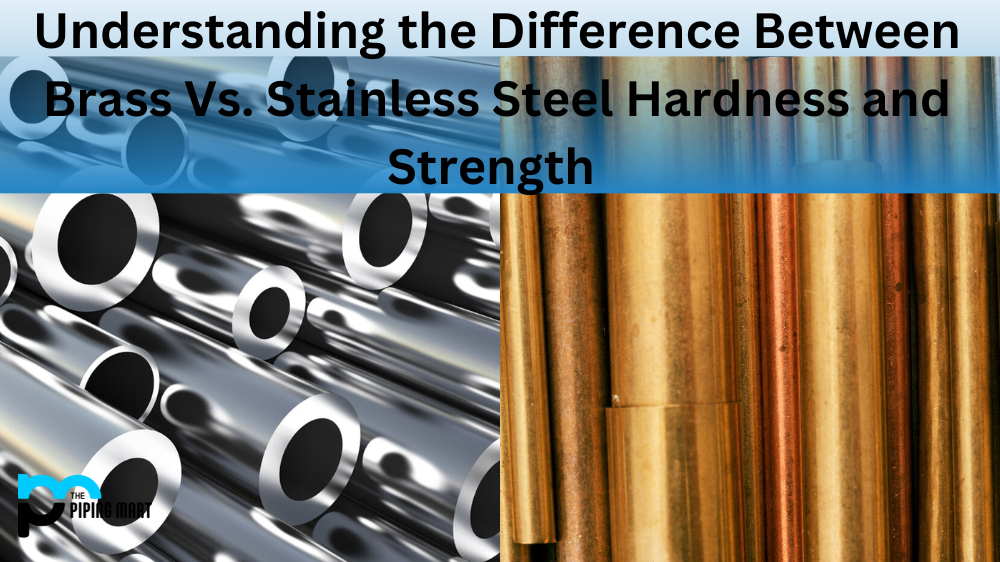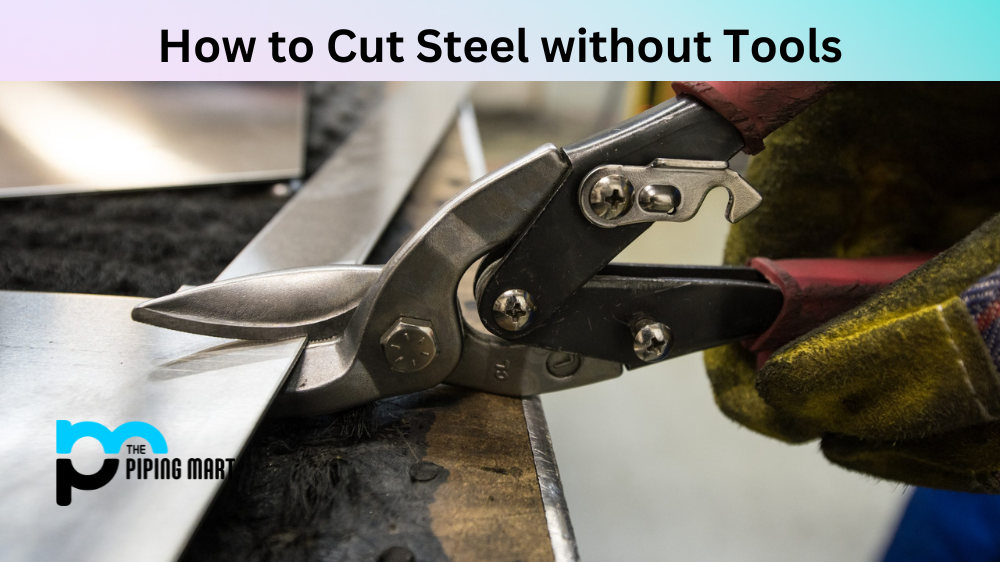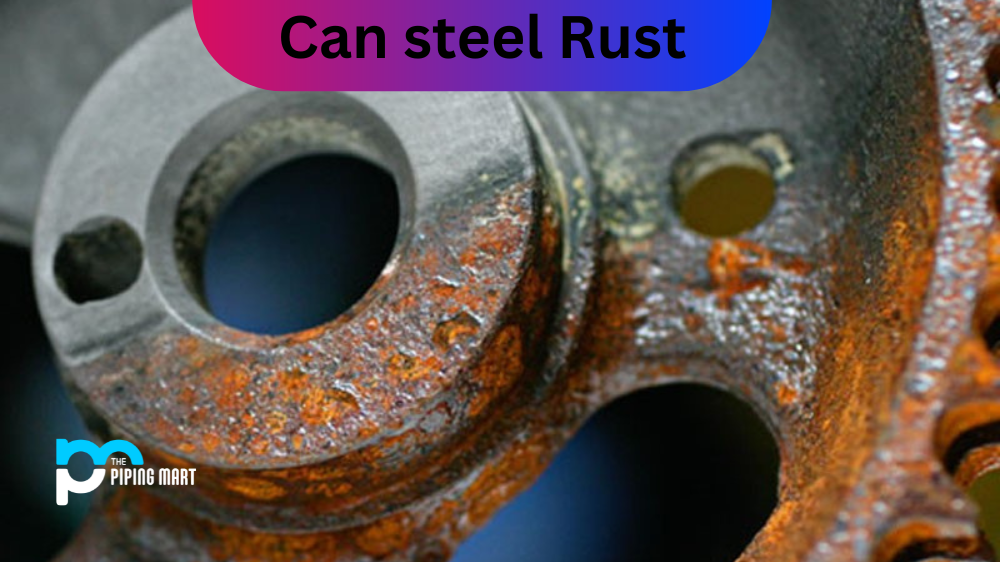Incoloy 825 and Hastelloy C276 are metal alloys’ most commonly used materials. They are known for their exceptional corrosion resistance, durability, and high-temperature tolerance. However, these alloys differ significantly in their composition, properties, and applications despite their similarities. This article will investigate the differences between incoloy 825 and Hastelloy C276 to understand which alloy suits your requirements.
What is Incoloy 825?
Incoloy 825 is a nickel-iron-chromium alloy with copper, molybdenum, and titanium additions. It offers excellent corrosion resistance in acidic and alkaline environments, making it ideal for use in various industries such as petrochemical processing, nuclear reactors, offshore oil & gas production and marine applications. In addition to this outstanding corrosion resistance, Incoloy 825 provides good heat-resistant properties and superior strength across a wide temperature range.
What is Hastelloy C276?
Hastelloy C276 is an alloy resistant to corrosion in various environments, making it ideal for use in various industrial applications. It also has excellent strength and toughness characteristics, making it suitable for high-temperature applications.
Difference Between Incoloy 825 and Hastelloy C276
Composition
Incoloy 825 is a nickel-iron-chromium alloy that contains molybdenum, copper, and titanium. The alloy’s composition provides excellent corrosion resistance in harsh environments like sulfuric and phosphoric acids. Hastelloy C276, on the other hand, is a nickel-molybdenum-chromium alloy that contains tungsten. This composition makes it ideal for highly corrosive environments containing chlorides and other halides. Additionally, Hastelloy C276 is more versatile concerning its resistance to various chemical compounds, whereas incoloy 825 is typically used in a limited range of applications.
Mechanical Properties
The mechanical properties of a material are vital for determining the final product’s load capacity, tensile strength, and durability. Incoloy 825 has a lower yield strength but is more ductile and can withstand higher temperatures than Hastelloy C276. The latter has a higher tensile strength, is harder and more deformation-resistant, but is less malleable than incoloy 825. Ultimately, the choice of alloy should depend on the specific mechanical requirements of the application.
Corrosion Resistance
Both incoloy 825 and Hastelloy C276 are known for their exceptional corrosion resistance. Incoloy 825 is best used in environments containing sulfuric and phosphoric acids. In contrast, Hastelloy C276 is better suited for saltwater, oceanic, and chemical environments containing chlorides and other halides. In general, Hastelloy C276 exhibits superior resistance to pitting, crevice corrosion, and stress corrosion cracking, making it the preferred choice for critical applications.
Applications
With their excellent corrosion resistance and mechanical properties, incoloy 825 and Hastelloy C276 are widely used in various industries, including chemical processing, oil and gas, desalination, and offshore drilling. Incoloy 825 is commonly used in heat exchangers, storage tanks, and piping valves. On the other hand, Hastelloy C276 is preferred for high-temperature and highly corrosive applications, such as reactor vessels, chemical processing equipment, and flue gas desulfurization systems.
Cost
Cost is always a factor to consider when choosing between two materials. Hastelloy C276 is generally more expensive than incoloy 825, up to double the price in some cases. However, the higher cost is often justified due to the alloy’s superior corrosion resistance and mechanical properties, which make it more suitable for critical applications. In contrast, if the application is less demanding, incoloy 825 could be more cost-effective.
Conclusion
Incoloy 825 and Hastelloy C276 are various industries’ most versatile and widely used alloys. When choosing between them, it’s essential to consider the specific application requirements, such as chemical exposure, temperature, and mechanical stress. In general, Hastelloy C276 is the better choice for demanding applications that require superior corrosion resistance and mechanical properties, while incoloy 825 is best suited for handling milder environments. Ultimately, the choice between the two alloys depends on the cost-benefit analysis for the particular application.
Rachana is a dedicated and ambitious young woman who has made a name for herself in the metal industry. From her earliest days in the industry, Rachana showed a natural talent for problem-solving and a keen eye for detail. In her free time, She enjoys reading up on the latest advancements in the industry, as well as exploring new ways to innovate and improve upon existing processes.




